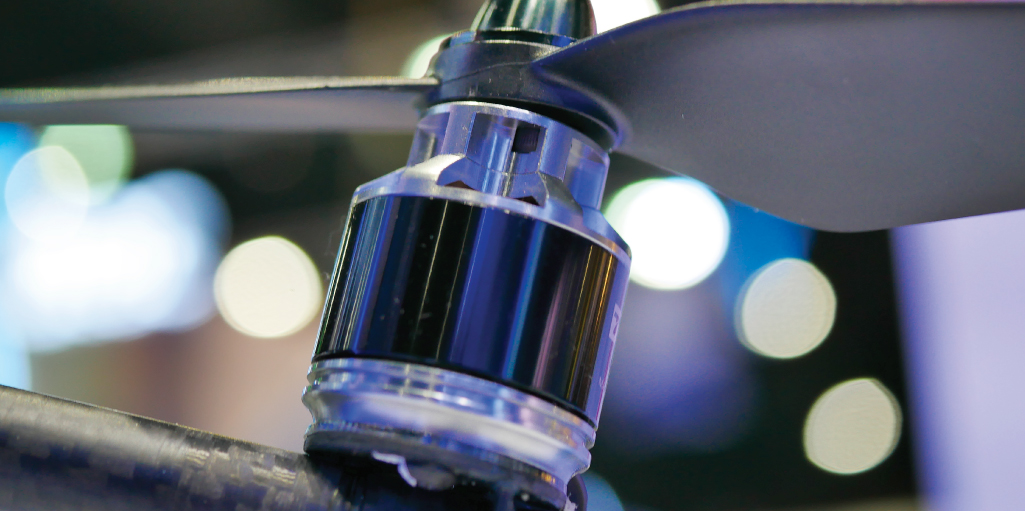Permanent magnets are a critical component of nearly every modern technology and convenience that we enjoy. Ceramic magnets are one of the most popular types of permanent magnet currently available. Ceramics, also known as ferrite magnets, are also one of the most widely used types of permanent magnet. Indeed, many people consider ceramics to be the best choice for modern day industrial applications.
Typically, when discussions are had about what magnets are the most “in-demand,” the conversation will focus on the quest to produce more and more powerful grades of neodymium magnets. However, while neodymium magnets are the strongest magnet, the strongest magnet is not always the optimal choice. Many different factors are involved when Bunting’s expert magnet engineers determine the best magnet for any given application, including mechanical properties, thermal properties, energy product, cost, electrical conductivity, oxidation, and more.
Ceramic magnets have many desirable traits that continue to make them a highly sought-after magnetic material. These magnets are typically produced from barium or strontium carbonate and iron oxide powders, are exceptionally low cost, and exhibit low densities. Compared to neodymium and samarium cobalt rare earth magnets, ceramic magnets are significantly less expensive. A magnet’s cost is often a major factor, particularly in high-volume applications.
Ceramic magnets are not as powerful as rare earth magnets, but they are by no means “weak.” Ceramics are considered to have a moderate energy product and are an excellent choice for applications with low (BH)max requirements—up to 4.2 MGOe. Unlike neodymium magnets, ceramic magnets are highly corrosion resistant. Additionally, these magnets are capable of withstanding operating temperatures of up to 250 °C, or 480 °F.
There are many different grades of ceramic magnets available, with the most commonly used grades being grade 5 and grade 8.
Both of these ceramic magnets are anisotropic, considered to be the most powerful due to focusing their magnetization exclusively in the direction they are formed during the pressing operation. Again, while ceramics are not the most powerful magnets available, they still deliver an appropriate amount of strength for many applications while remaining a highly cost-effective option.
Many different applications utilize ceramic magnets. For example, ceramics are frequently used to power motors, such as DC permanent magnet motors used in vehicles and DC brushless motors used in power tools. These magnets can also be found in various manufacturing and consumer applications, including automotive sensors, sweepers, reed switches, speaker magnets, MRIs, DC motors, and more.
At Bunting-DuBois, we are magnet experts. Contact us today to learn more about ceramic magnets and for assistance in selecting the perfect magnetic material for your unique, custom designed magnetic assembly.

